Transpersonal Management: lessons from the Matrix trilogy
Versão em língua inglesa do livro Matrix e a administração transpessoal. Esta leitura nos leva aos caminhos complexos da Matrix mostrando a relação desta metáfora com a nossa vida de cada dia, com a administração de empresas e especialmente com a psicolog
-
A versão digital é distribuída em PDF, para uso individual (pessoa física). Você deverá usar o seu CPF (somente números) como senha para acesso ao PDF.
-
O envio da versão impressa é feito pelos Correios, e o prazo estimado é de 3-15 dias úteis, dependendo do método escolhido.
The Third Millennium will be marked by profound transformations that are already underway and that will be moving us toward the affirmation of the supremacy of an organizational society with the ever increasing presence of technology as an instrument for the construction of a “Brave New World”. These transformations demand that we reflect on the role of management in this process. At the same time, it will also be increasingly necessary for individuals to be aware of each other’s role within this scenario.
In whatever part of the world you might examine, organizations will be increasingly important components of the social fabric, with some serving as guides for the development of a sense of identity within specific societies. Organizations are a necessity, just as food, water, electrical energy and technology. This is indicative of the need to understand the operation of these organisms to understand reality.
The Matrix, to some degree, registers the importance of organizations, as there are a variety of examples that figure into the plot. Cinema is the art form which can, consciously and unconsciously, best express and register the influence of organizations in the construction of reality by repeating plot treatments of situations in various organizational and work environments. Moreover, this organizational universe, which the cinema displays, is erected on a base of complex relationships between individuals and technology. In this way, a symbiosis is created among organizational elements, technology and the individual. The dimensions are not always balanced, however, and require adjustments, primarily through greater participation of the individual which questions the role of humanity in these relationships that are marked by greater technical and organizational autonomy.
The film industry favors technology, and its advances are investigated in the “science fiction” genre. Films portray the unquantifiable impact of technology on daily life, illustrating a certain inability of society to cope with all the implications this entails. This genre also shows the confusion between the rapid development of human values, ethics and environmental questions in relation to the dynamics of their functions in the development of technology.
The consequences of this disorder resuscitate the need for investigations about the influence of technology on the social sphere, for the purpose of establishing guidelines for the maintenance of a better equilibrium between human relations and technology.
Management would thus be the field of knowledge pertinent to the understanding of organizations and their power relationships would be the core of the conceptual construction proposed in this book. Moreover, this field of knowledge, investigated by universities and practiced in organizations, deserves to be re-evaluated, on a cyclical basis, in regard to its content and praxis. The innovation of this study of management is in the analysis of it as a whole – as philosopher Ken Wilber suggests – we need to verify organizations as a locus for the experience of states of consciousness in which various forms of knowledge must be taken into account.
The integral approach in The Matrix trilogy is understood when the philosophical questions presented are at the same time metaphysical (What is reality? What is the nature of reality?), epistemological (How can we know what reality is?) and ethical (What should I do?). It proposes a broader reflection on organizations, in an attempt to understand how those questions sound in the organizational environment.
Guidelines have been established for the type of design we should have in order to confront present and future challenges, encompassing the interaction among the ‘management knowledge’, ‘the understanding of states of consciousness’, and ‘technology’ to further the present analysis. This body of knowledge, seen in an integral way, allows for new readings of reality due to the fact that it is present in the formation of the individuals who work in or interact with the organizations and those interested in understanding what their role is at present and future.
The understanding of these states of consciousness would encompass areas of psychology associated with phenomenology, as being necessary for inquiries into the understanding of how to motivate individuals. This perspective allows for a better examination of the production of technology and the impact of these constructs on society, on the economy and on the environment.
When studying states of consciousness one traces an action that is initially associated with an understanding of what is human. The appropriation of this concept is proposed for the study of organizations. This practical application should be relevant and all-compassing, as a way of seeing organizations as phenomena and examples of human transcendence and the locus for the manifestation of states of consciousness.
The technologies would be those constructs developed based on mathematics and physics, which now is grouped with biology and other scientific fields, in multiple possibilities of combinations, generating new fields of knowledge, such as bio-technology, computers, nanotechnology and robotics, with impressive developments established along their management.
Therefore, starting with The Matrix trilogy, it is possible to affirm the possibility of examining organizations with a broader vision, including the understanding of new human and technological paradigms.
One searches for lessons from The Matrix trilogy, transforming them into guidelines for the conduct of active organizations in a complex challenging environment. However, at the same time, admittedly, there is a certain human inability to grasp their consequences.
To understand the history of The Matrix, various other products, besides the trilogy itself, were distributed by Warner Home Video such as the collection of short feature films, The Animatrix, the documentary Revolutions Recalibrated on the DVD of The Matrix Revolutions, the commentaries of philosopher Ken Wilber and Cornell West about the trilogy and the collection The Ultimate Matrix Collection that includes the documentary The Roots of the Matrix, highlighting philosophical and scientific reflections about the film. The episodes The Second Renewal Part I and Part II, presented in the The Animatrix collection illustrates in a basic way how life was before the Matrix was established as a tool for controlling humanity.
Among these resources used to form the reflections of the present book, The Animatrix illustrates the crisis of humanity in failing to manage its own constructs, in this case, the robots, the androids and Artificial Intelligence. It was this lack of a greater reflection regarding the impact of technological innovations on the future of society, which culminated in the creation of an undesirable situation. In the film, man’s answer to this scenario is immature to the point of the characters’ believing that the destruction of the robots would be a sufficient political response to the invasion of technology into home and into the organizational work place.
The message of the films can then be interpreted as a suggestion to take on a broad discussion about the impact of technology on daily life and to talk about how, paradoxically, technology can be a mediator and instigator of a process of psychological development.
Hence, Matrix signals a future proclaimed by an overlapping relationship between man and technology that is currently operative to some extent. Meanwhile, exceptions are made to ignore the importance of technology and also to unabashedly glorify it, neglecting the question of human beings entirely. This tenuous equilibrium presents itself as a difficult challenge for society and the organizations of this new millennium.
These reflections help to extract new possibilities out of organizational research, proposing guidelines on how to be more prepared to interact in an increasingly complex society.
In some ways, technology is marvelous and seductive, producing results that were unimaginable a few years ago. Today it is possible to access the internet from anywhere: inside a car, a plane, sitting on the beach, or going to work on the subway. The interaction between internet technologies and virtual reality and the incorporation of Artificial Intelligence in robots promises a revolution in the relationship of man to machine in years to come.
These advances in technology have impressed, surprised and seduced the world for a long time, at least for several generations. In some ways, technology, or that which is ‘technological’, has been turned into a new example of perfection, i.e,, a new model or a new symbol of what is ‘ideal’.
This discourse denotes a certain assumption that everything answers to human expectations instantly, giving immediate responses like you get when you go to a chat room, or use programs such as Microsoft Messenger, or calculate financial data in spreadsheets using programs such as Microsoft Excel, which are only a few examples. To apply this logic to humans does not always work; rather it is necessary to think in terms of models that can serve as better guides to human action.
The use of technology that drives new organizational models demands a deeper investigation of organizations. We need to be able to use technology as partners and not be subjugated to it. In some ways, technology is also fundamental to healthy competition between organizations as well as being responsible for their survival. There is no denying, however, the importance of technology. On the contrary, it defends the incorporation of organizational strategies. These are the fine points that we use to embrace the complexity of the phenomena that The Matrix invites one to think about.
The development of this critical view of reality should be the responsibility of even one, giving the organization the role of inducing the collaborators to awaken their capacities, if they want leadership that embraces diversity and complexity.
However, in this discussion of The Matrix we are given the possibility of perceiving the “One” as one who: assumes responsibility for understanding reality; one who develops a perception that transcends the vision of a world permeated by technology today and goes toward a humanist view. This One is the one who can find the answers in a place beyond the technological organizational world, in the totality of himself.
This is what Trinity attempts to do in the beginning of the first film of the Matrix Trilogy: to invite Neo to a meeting, to challenge him and make him question whether he really wants to know the nature of reality. Trinity gives him a warning. She tells him just how necessary it is to live with a new view of reality interpreted here as encompassing organizational phenomena. Trinity’s invitation is extended to each reader of this book. Welcome to the universe of the Matrix.
Julio F. D. Rezende
SUMÁRIOTechnology in The Matrix
Virtual Reality: a strange new world
The Internet and the increasing complexity of reality
Artificial Intelligence
Robotics
Nanotechnology and the revolution of the microcosm
Automation and making organizations autonomous
Technology and the process of reality becoming increasingly more complex
History, Symbolism and the Thesis of The Matrix
A New World-View Sensibility
Waking up to a Reality of Power
Choosing to follow the White Rabbit
Carefully Following a New Path
What is the Matrix?
A Complex explanation of Reality
The red pill: the Process of Death and Rebirth
The presentation of the Nebuchadnezzar Hovercraft and its crew
The Development of a New Organizational Epistemology
The Nebuchadnezzar and the machine metaphor
The Nebuchadnezzar and the biblical symbolism
Nebuchadnezzar as an organization
Studies of the organizations
Complex environmental analysis
The Organizational Culture at the Nebuchadnezzar
The Matrix and Organizational Behavior
Organizational Commitment
Decisive and Intuitive Proceedings
Motivation
Teamwork
Leadership and Trust
Organizational Practice in The Matrix
The development of new organizational strategies
Management in an environment of change
Innovation and organizational complexity
Organizational learning and training aboard the Constructor
Encounter with the Oracle and the reflection on responsibility and adaptability for the future
The capture of Morpheus and the Management of the Unpredictable
The first duel between Neo and agent Smith
Entrepreneurship and the hero journey
The flight of Neo and the emergence of a New Vision
The Matrix Reloaded and Antithesis to the Criticism of Technology
The meeting of the captains and reflections on the emergence of disobedience
The return to Zion, Morpheus’ discourse and the expression of power
The dialogue with Councilor Hamann and taking care of relations between men and machines
The second contact with the Oracle and the awakening of responsible actions
The fight against Smith and the search for non-duality
The visit to Merovingian and reflections about true power
Envy in Persephone and Organizations
The power to change the world
The contact with the Architect and the role of hope in organizations
The destruction of the Nebuchadnezzar and taking care of the details of organizational management
Synthesis in The Matrix Revolutions
Sacrifice and liberation: elements for thinking about organizational transcendence
Quality in Organizational Management
Diversity and Complementariness
The war and strategies of adaptability
The arrival at Machine City and the awakening of Emotional Intelligence
The pact between Neo and the Deus ex Machina and wholeness of vision
The last fight between Neo and Smith
The last scene: meeting of the Architect and the Oracle
Internet: a new Matrix?
The Third Renascence
The use of technology with respect
Technologies and the humanistic and spiritual emergence
The Transpersonal Management
The concept of man and consciousness in transpersonal psychology
The transpersonal psychology applied to organizations
States of consciousness in organizations
The archetypes influence
Methodology for the development of a transpersonal management
Transpersonal Management in practice
Stimulating Contact with Deep Motivation
Attention to the Present Moment
Transcendence of the ego
Development of Intuition
Amplifying and Raising states of consciousness
The Importance of the self-awareness
Contact with the hero dimension
Genuine concern for well-being in the organization
Communication not only of the word, but of the state of consciousness
Making Relationships Important
Searching new learning possibilities: the Constructor metaphor
The value of inter-religious consciousness in organizations
Cultivating Altered States of Consciousness in Organizations
Immersion Of Meditative Practices within Organizations
The Value of Dreams in Organizations
The Value and criticism of spirituality in organizations
Managing the Well-being of Organizations
Limits and Challenges in Adopting a Transpersonal Management System
The Economy of Consciousness
Apenas clientes logados que compraram este produto podem deixar uma avaliação.




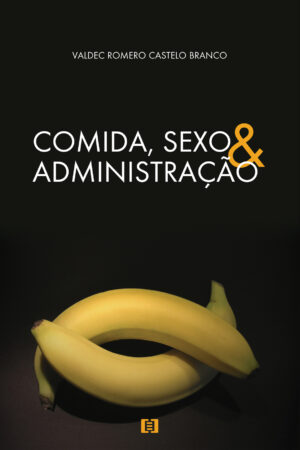
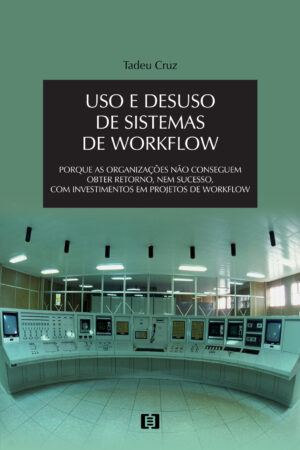
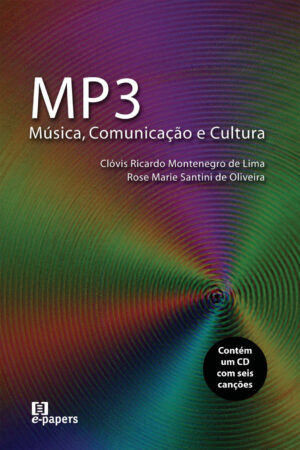
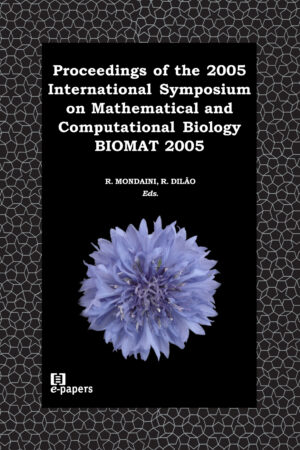




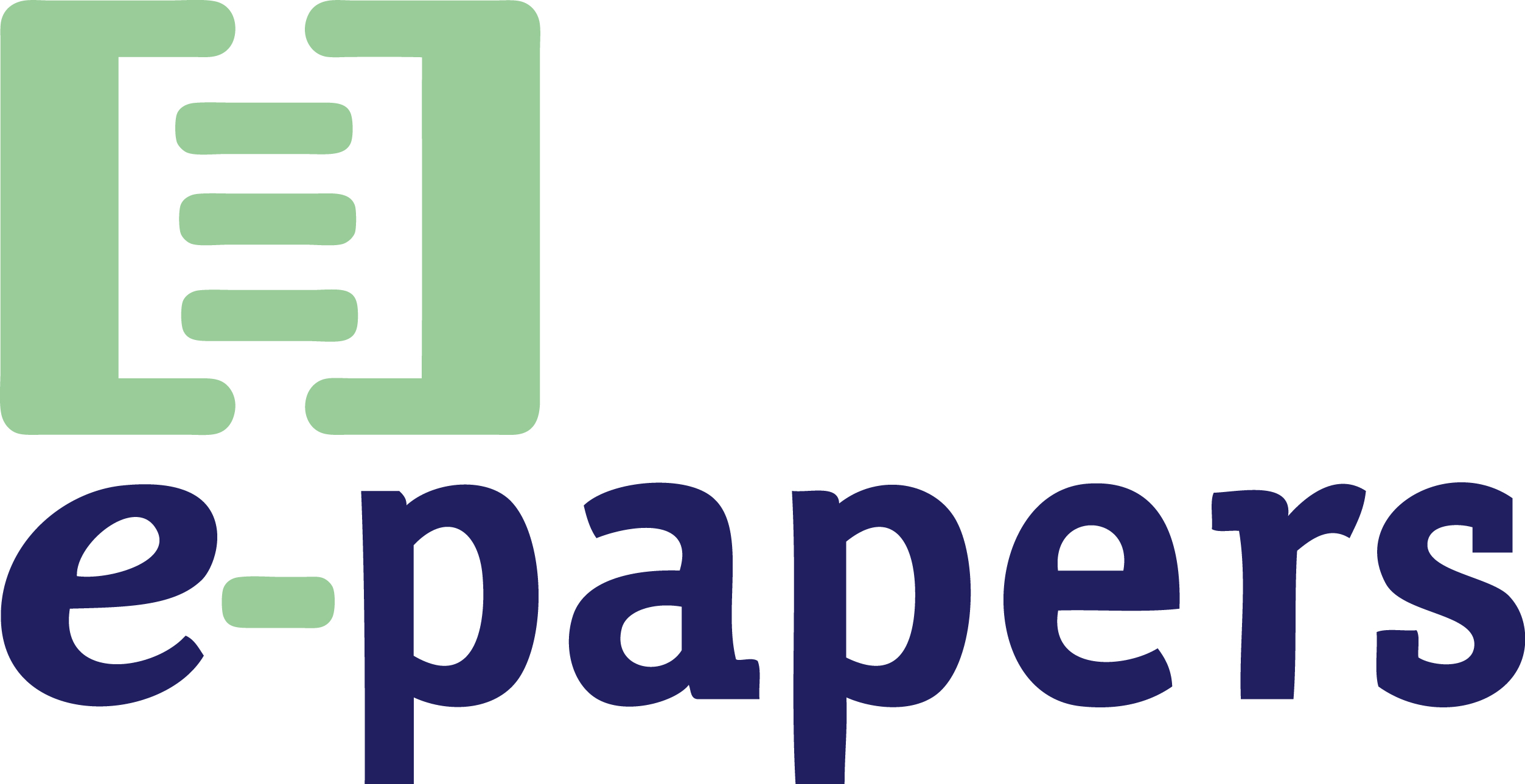
Avaliações
Não há avaliações ainda.